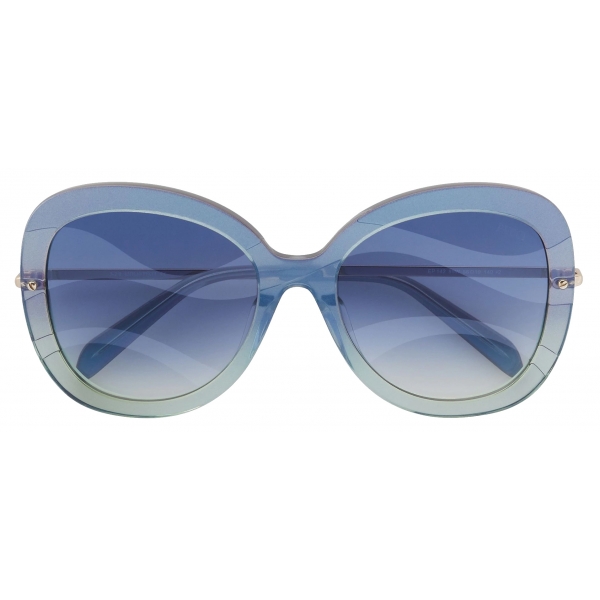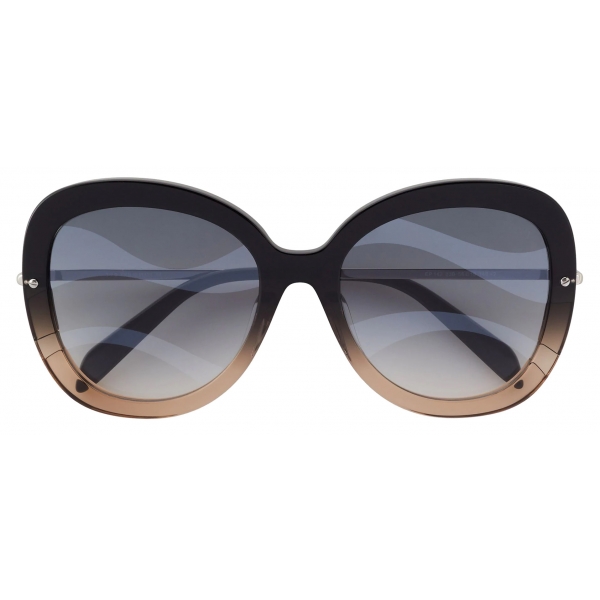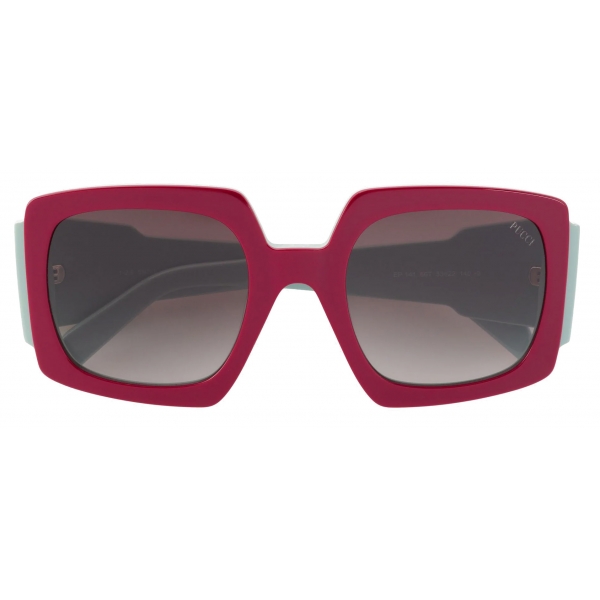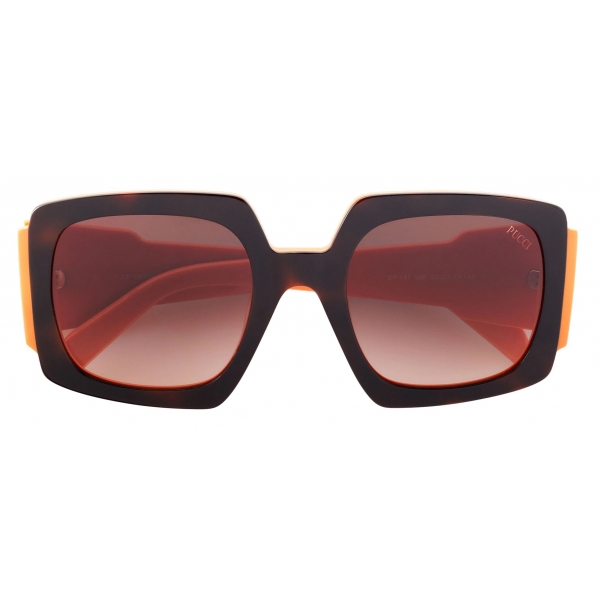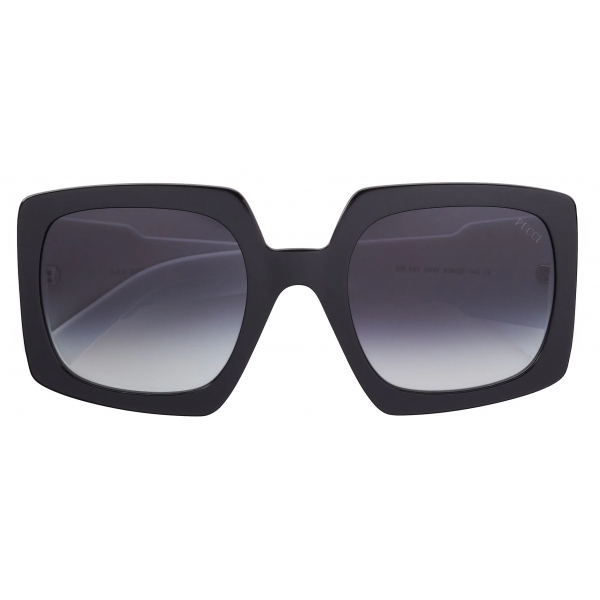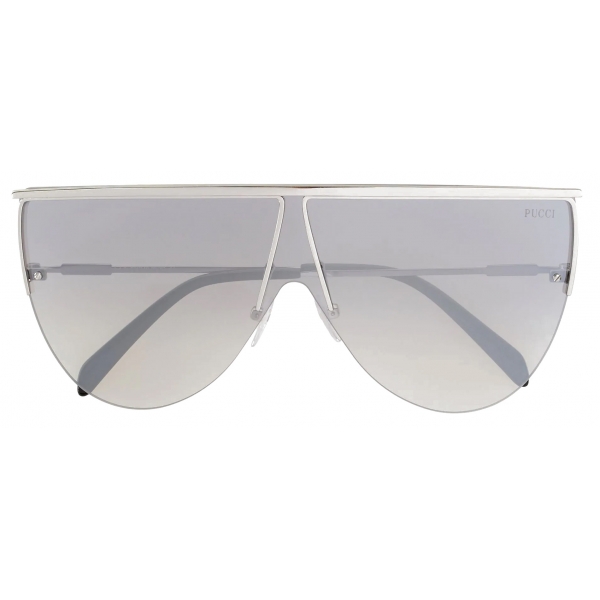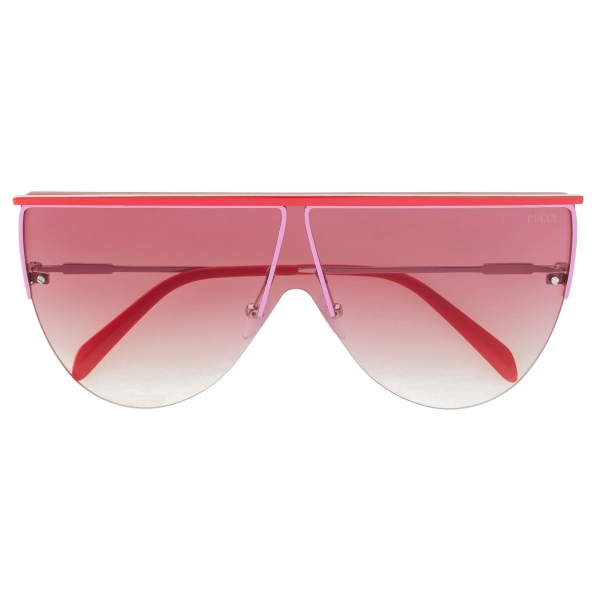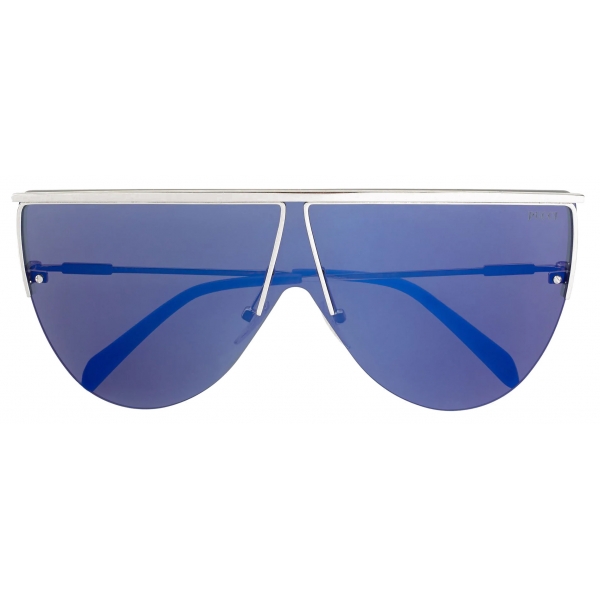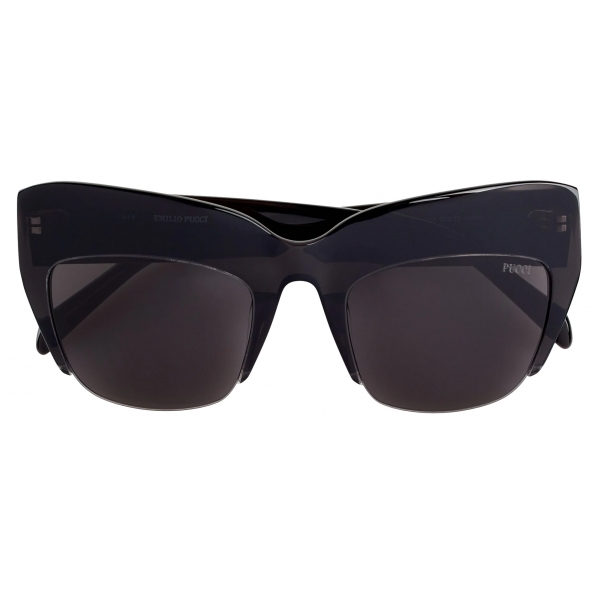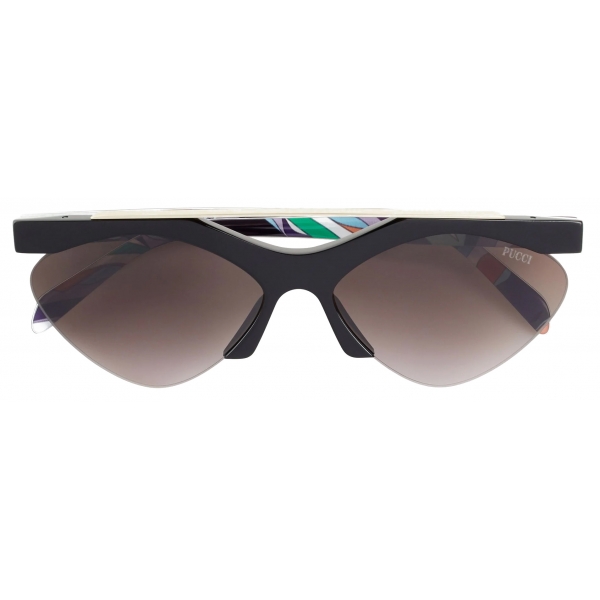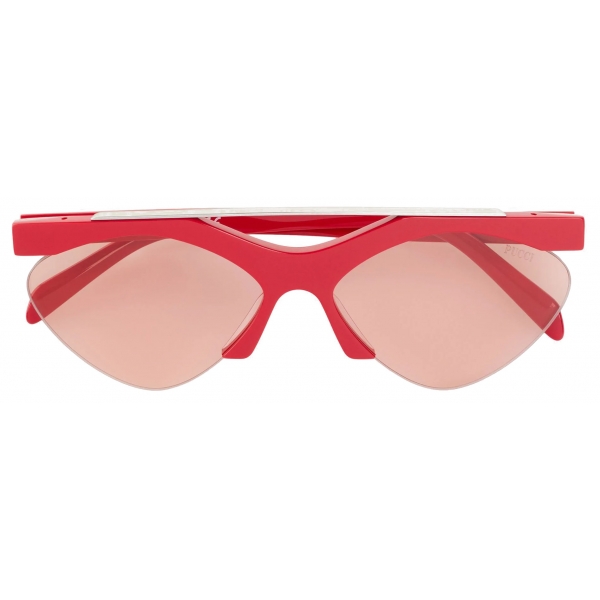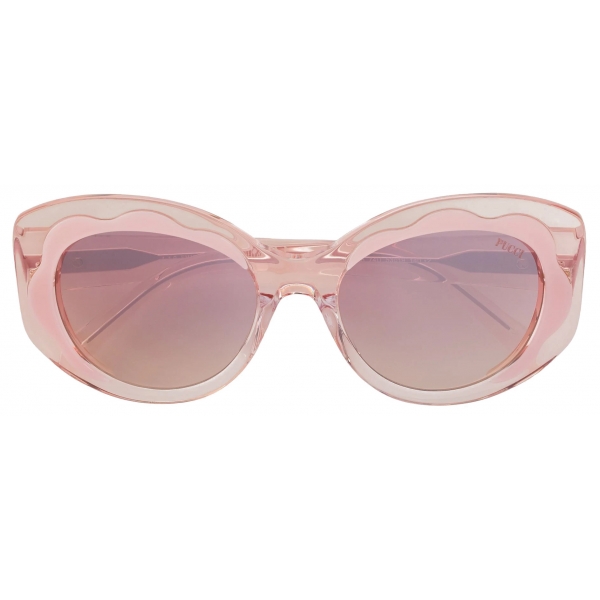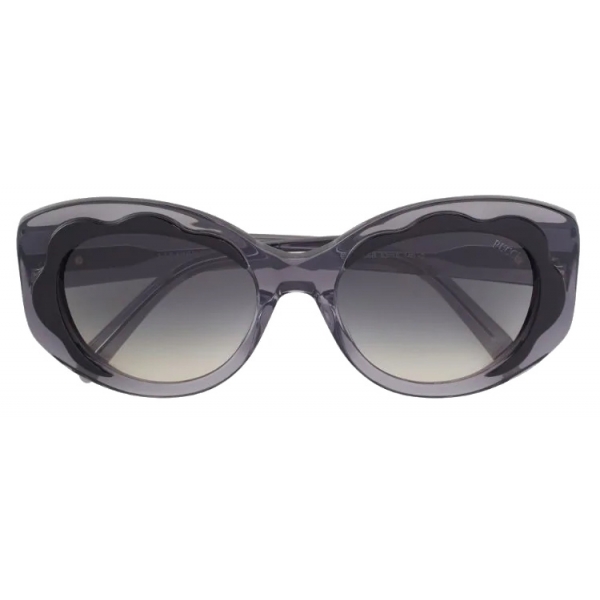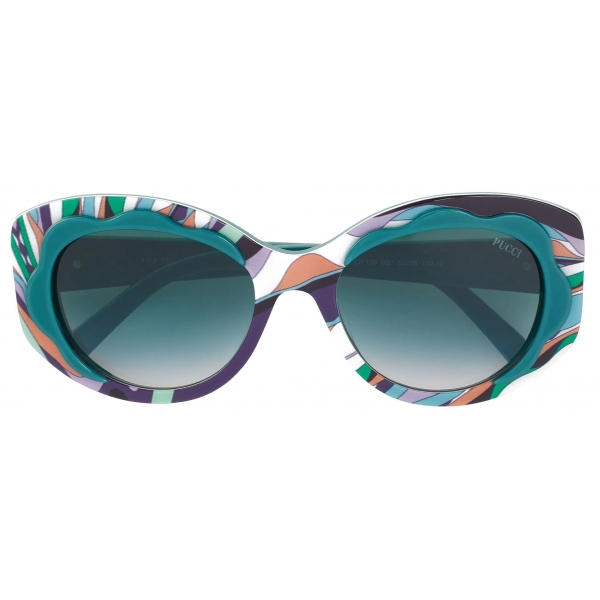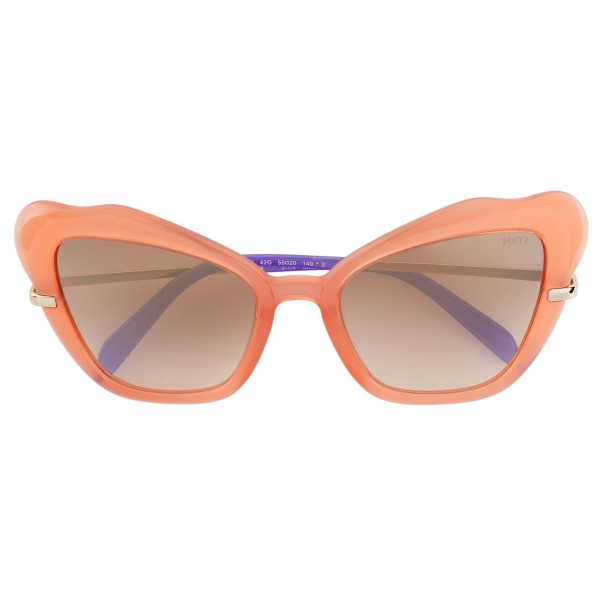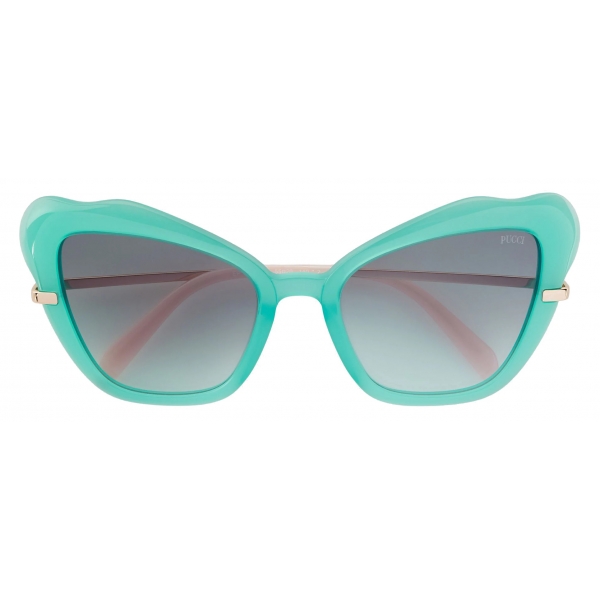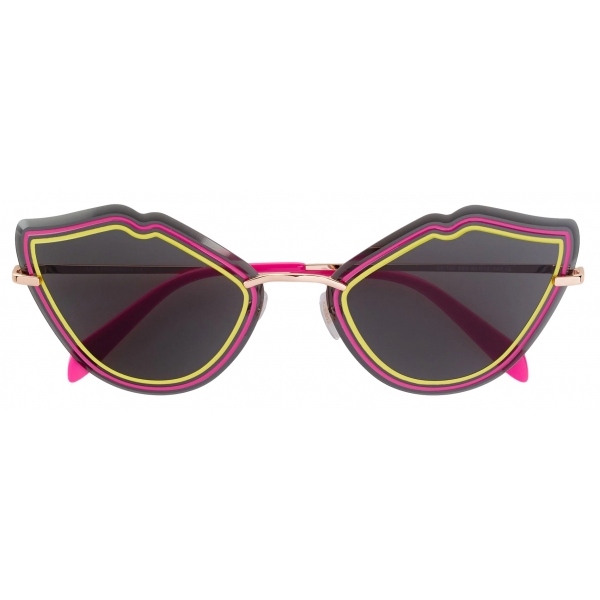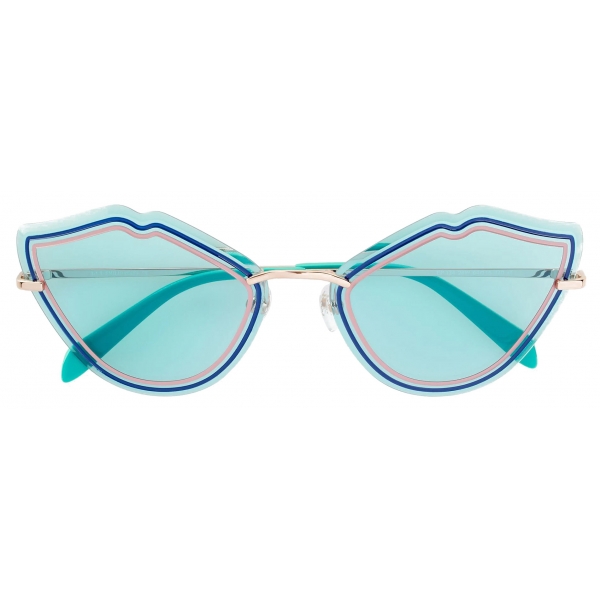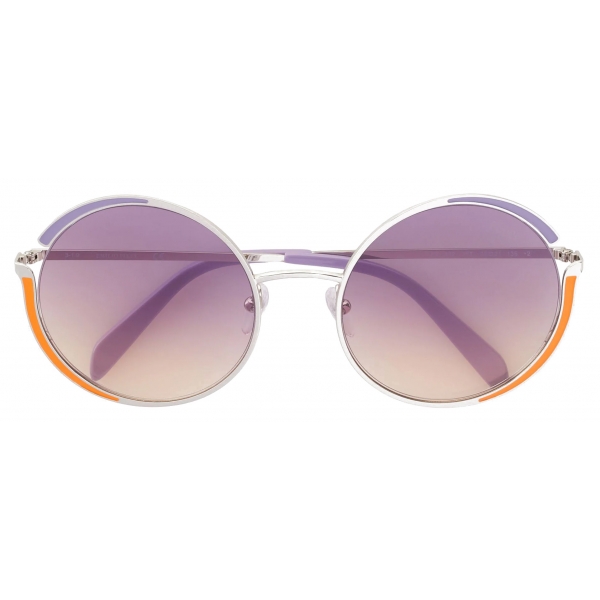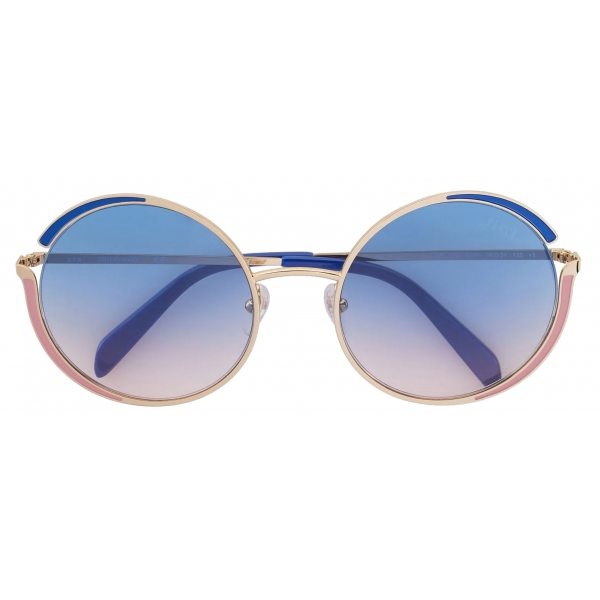No products
Categories
- Fashion Accessories
- Clothing
- Beauty & Lifestyle
-
Hi-Tech & Lifestyle
- Gaming
-
Case
- iPhone 11 Pro
- iPhone 11 Pro Max
- iPhone 11
- iPhone X / XS
- iPhone XS Max
- Samsung S10 / S10+ / S10e
- Huawei P30 / P30 Pro / P30 Lite
- Huawei P20 / P20 Pro / P20 Lite
- iPhone XR
- Samsung S9
- Samsung S9+
- iPhone 8 / 7
- iPhone 8 Plus / 7 Plus
- Samsung S8
- Samsung S8+
- Samsung S7
- Samsung S7 Edge
- iPhone 6 / 6 s
- iPhone 6 Plus / 6 s Plus
- iPhone 5 / SE
- Skin
- Audio
- Smart Home
- Drones & Hoverboard
- Photo & Video
- Desk Supplies
- Accessories
- Games
- Beverages
- Food
- Home
- Jewelry
- Luxury
- Travel
- Art
- Footwear
- Vintage Fashion
- Restaurants
- Sport
- Animals
- Gift Ideas
- Kidswear
Extra
Emilio Pucci
The Prince of Prints
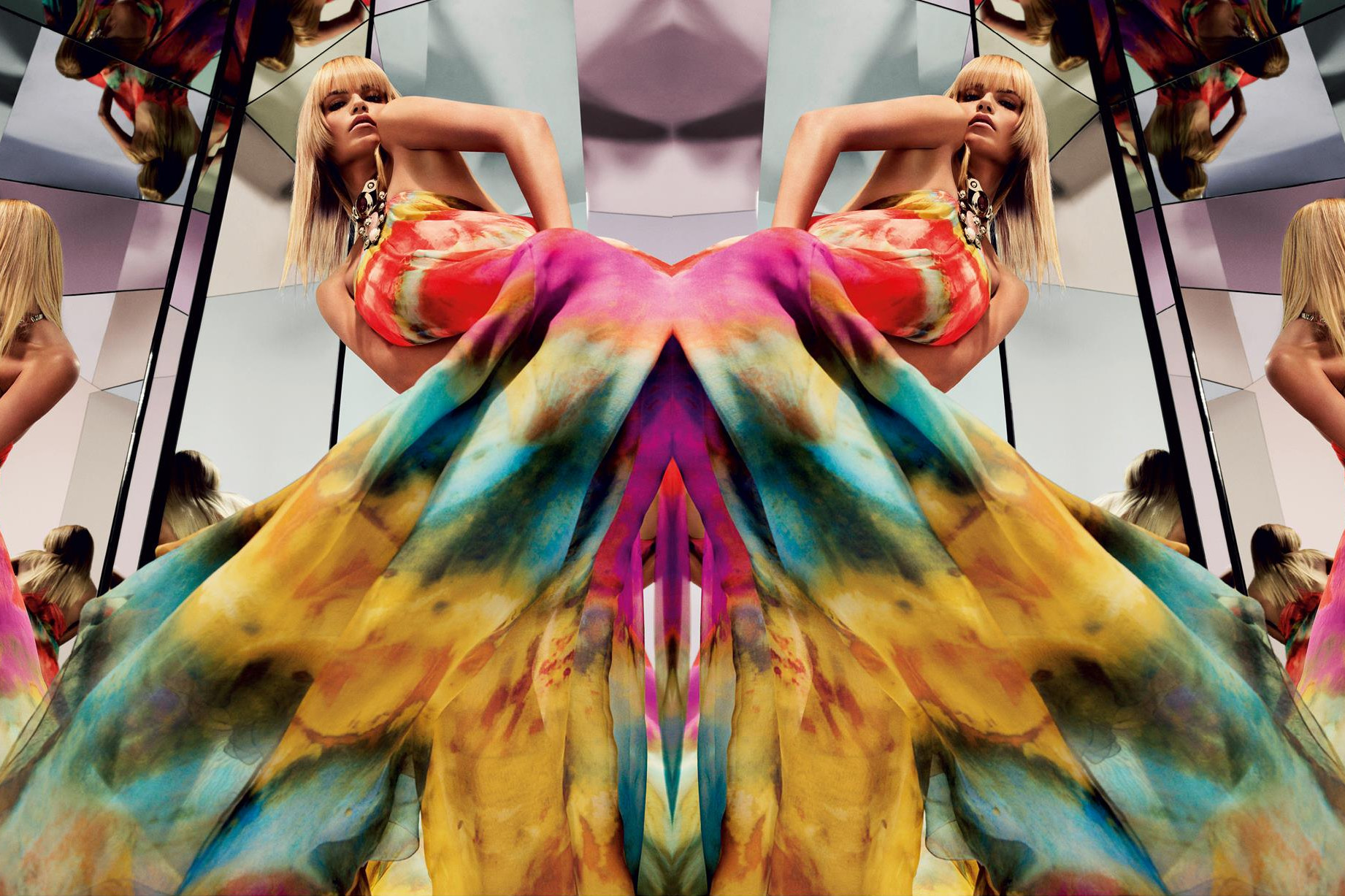
History
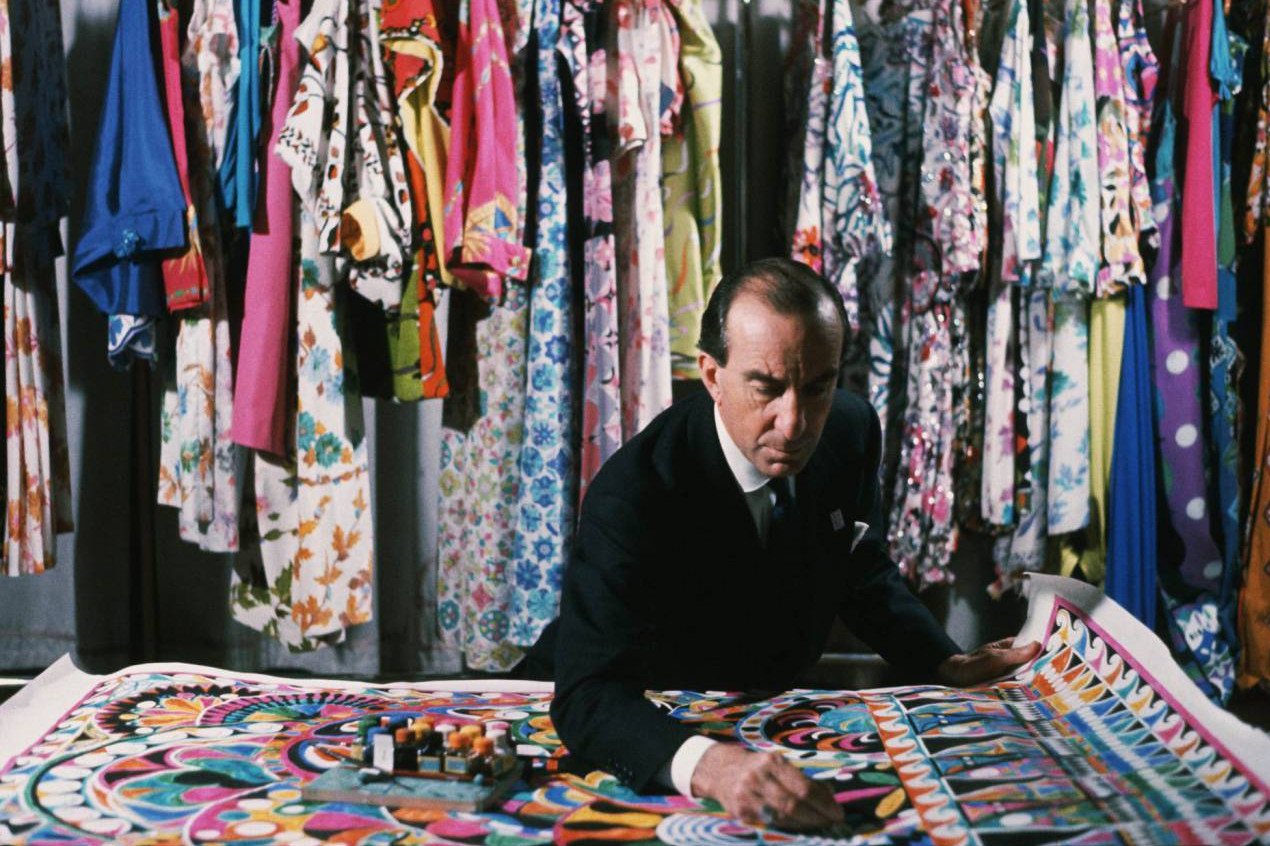
"He was a minimalist before minimalism; a jet-setter before jets were flying; a scientist before fabric technology became a discipline; provocative in his modernity and sartorial daring. For him prints were rhythm and movement, and in prints he expressed a message of contagious happiness." - Laudomia Pucci
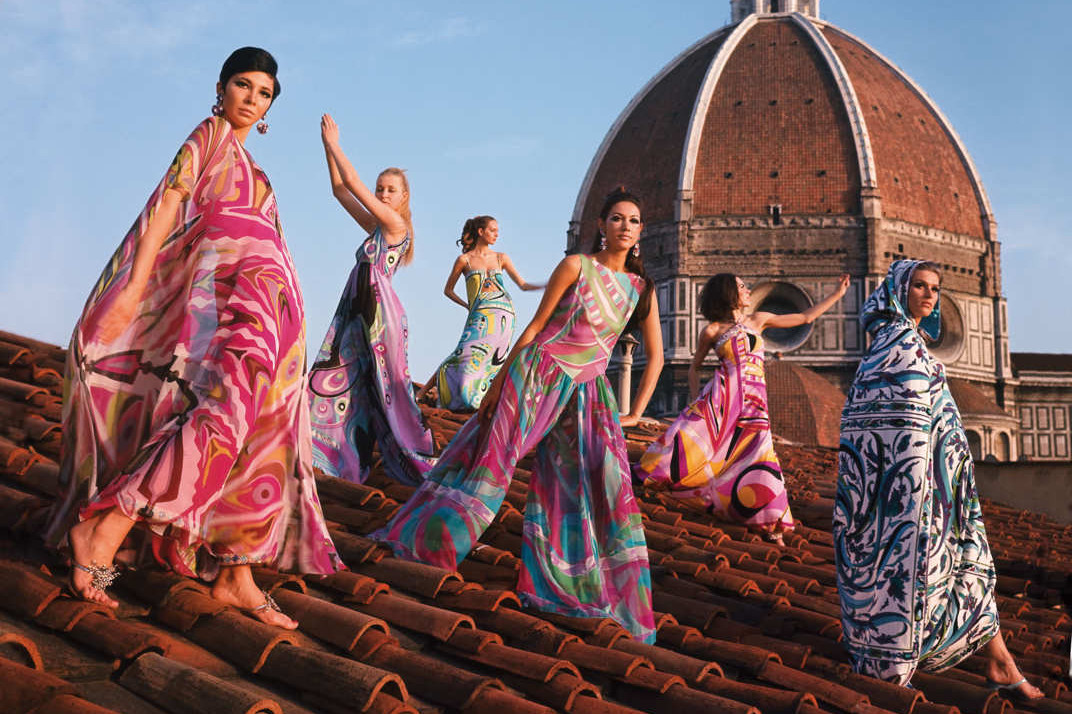
Born in 1914 to one of Florence’s most illustrious families, the Marquis Emilio Pucci di Barsento naturally embodied the jet set glamour of post-war Italy. Multilingual, well-travelled, American-educated, air force pilot, Olympic skier and aristocrat – he was a Renaissance man in every sense of the term.
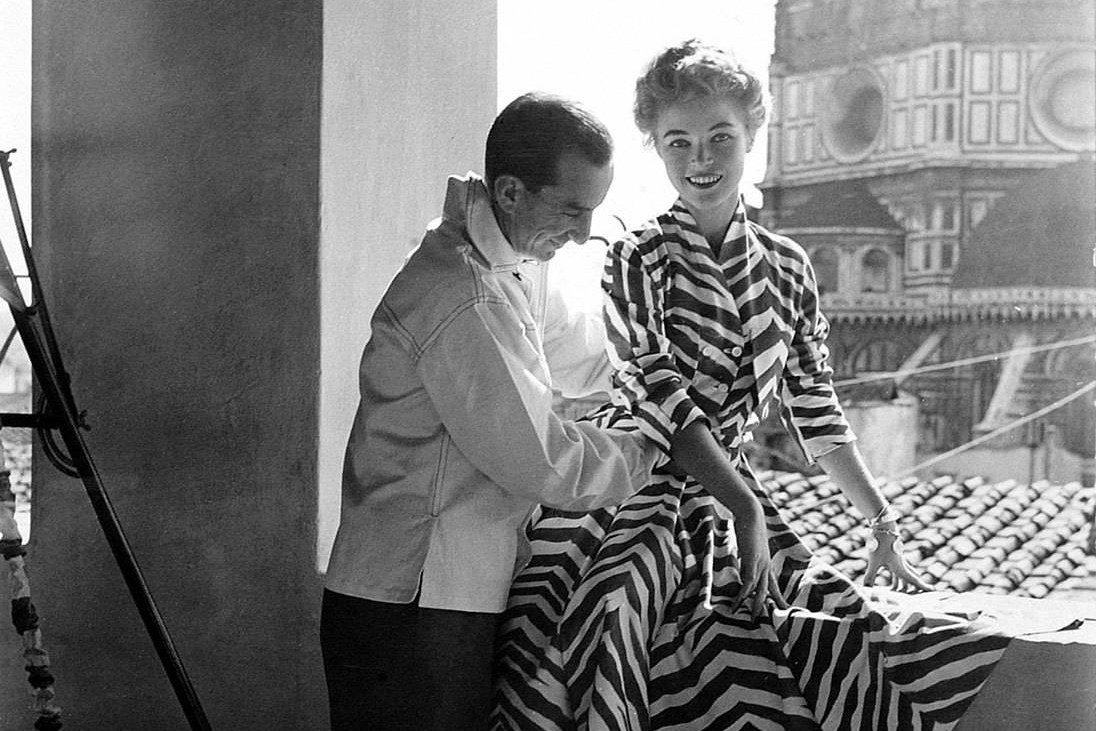
Recovering in Switzerland after the war, and with the Italian economy in ruins, Pucci made ends meet by teaching Italian and giving ski lessons in Zermatt. It was there that in 1947 a streamlined ski outfit he designed, initially for himself and then for his enthusiastic socialite friends was photographed by a fashion photographer and published in Harper’s Bazaar USA, giving rise to a fashion phenomenon that continues to reverberate to this day.
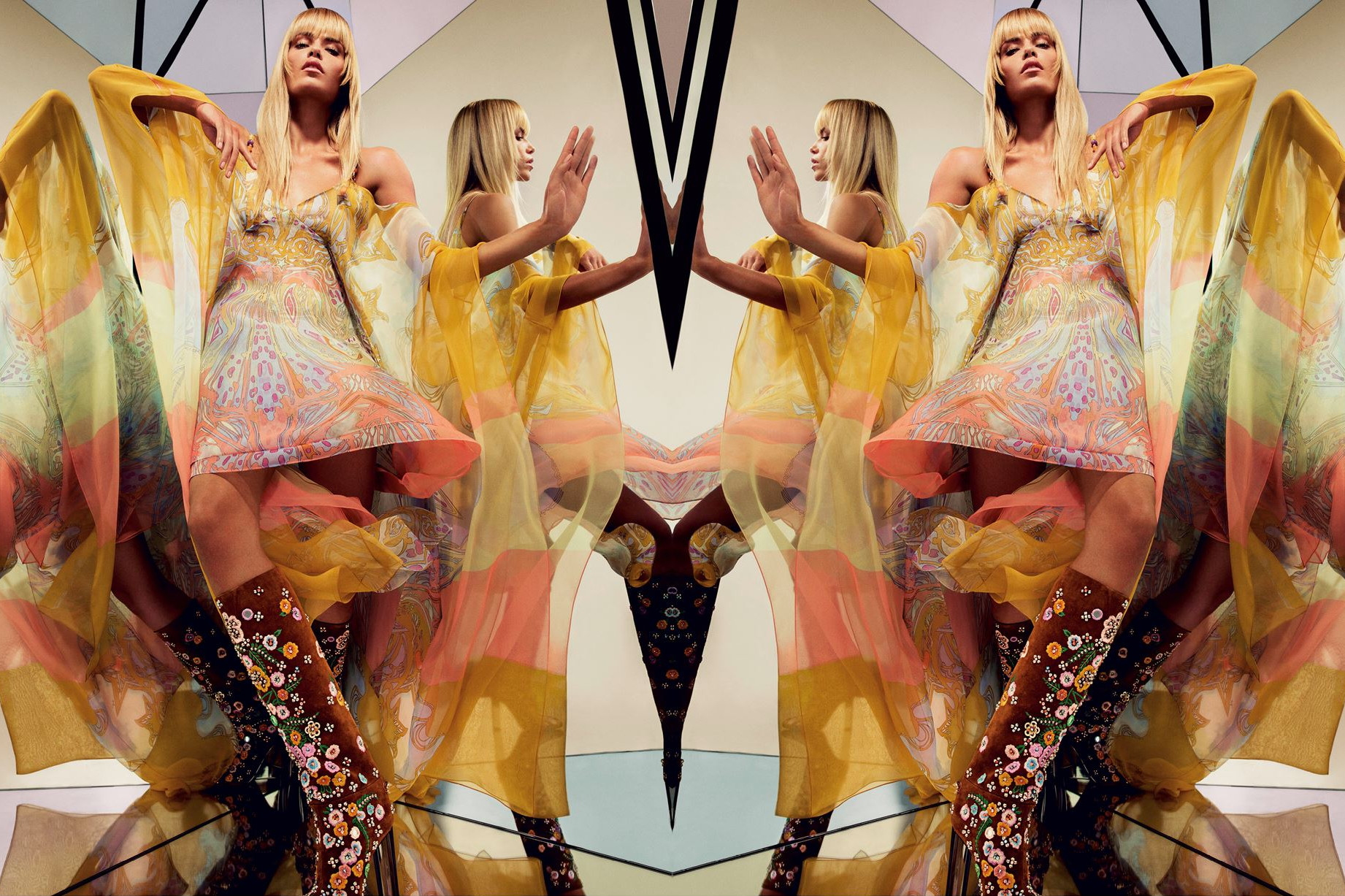
Setting up his atelier in the Pucci family’s grand palazzo in the heart of Florence, Emilio began working closely with expert fabric manufacturers in Italy to pioneer and patent revolutionary stretch fabrics that eschewed the heavy, rigid fabrications largely in circulation at that time.
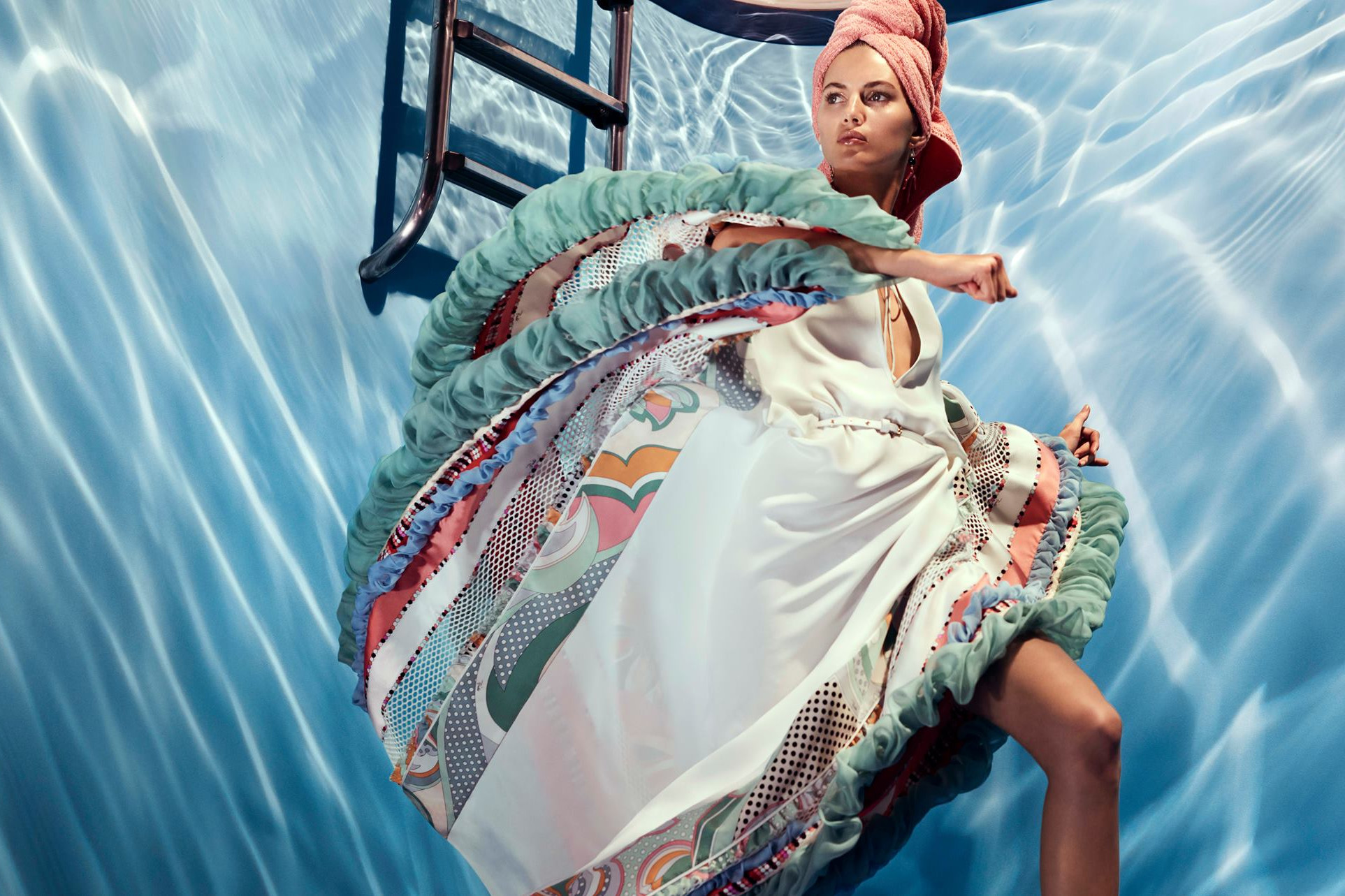
Contrary to his design contemporaries, Pucci was driven by the desire to liberate women, granting them unprecedented freedom of movement. His stretch silk and cotton jerseys were weightless, unlined, and wrinkle-proof - precursors for a modern, travel-friendly wardrobe that captivated a new generation of modern, active women.
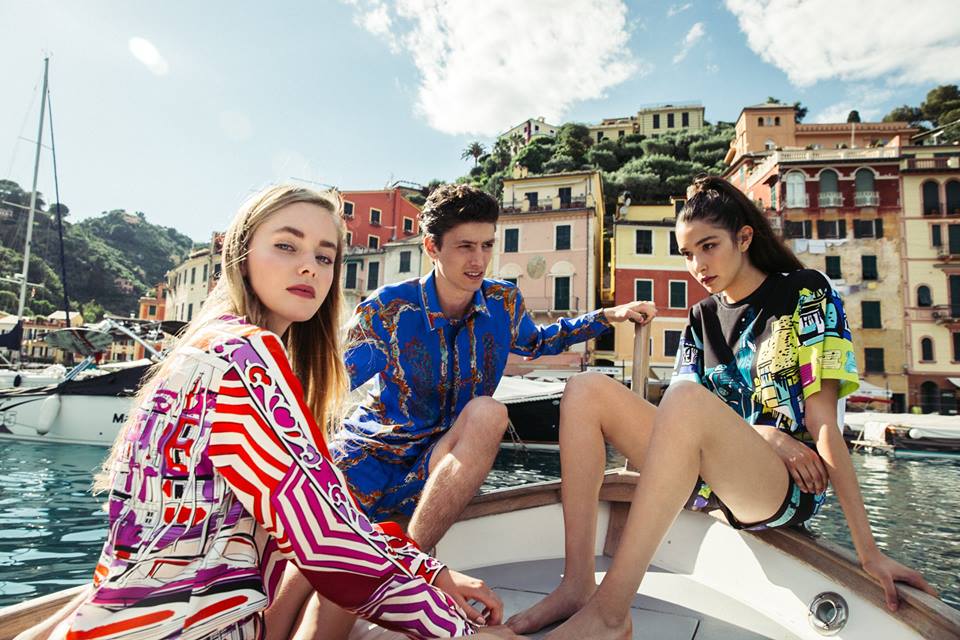
His first boutique was La Canzone del Mare (The Song of the Sea) on the island of Capri, even then a glamorous resort destination, where he developed wearable yet chic sportswear: “Capri” pants, silk twill shirts with a masculine cut, open-toed sandals and striped jersey tops, all in refreshingly vibrant colours that evoked the island’s natural beauty.
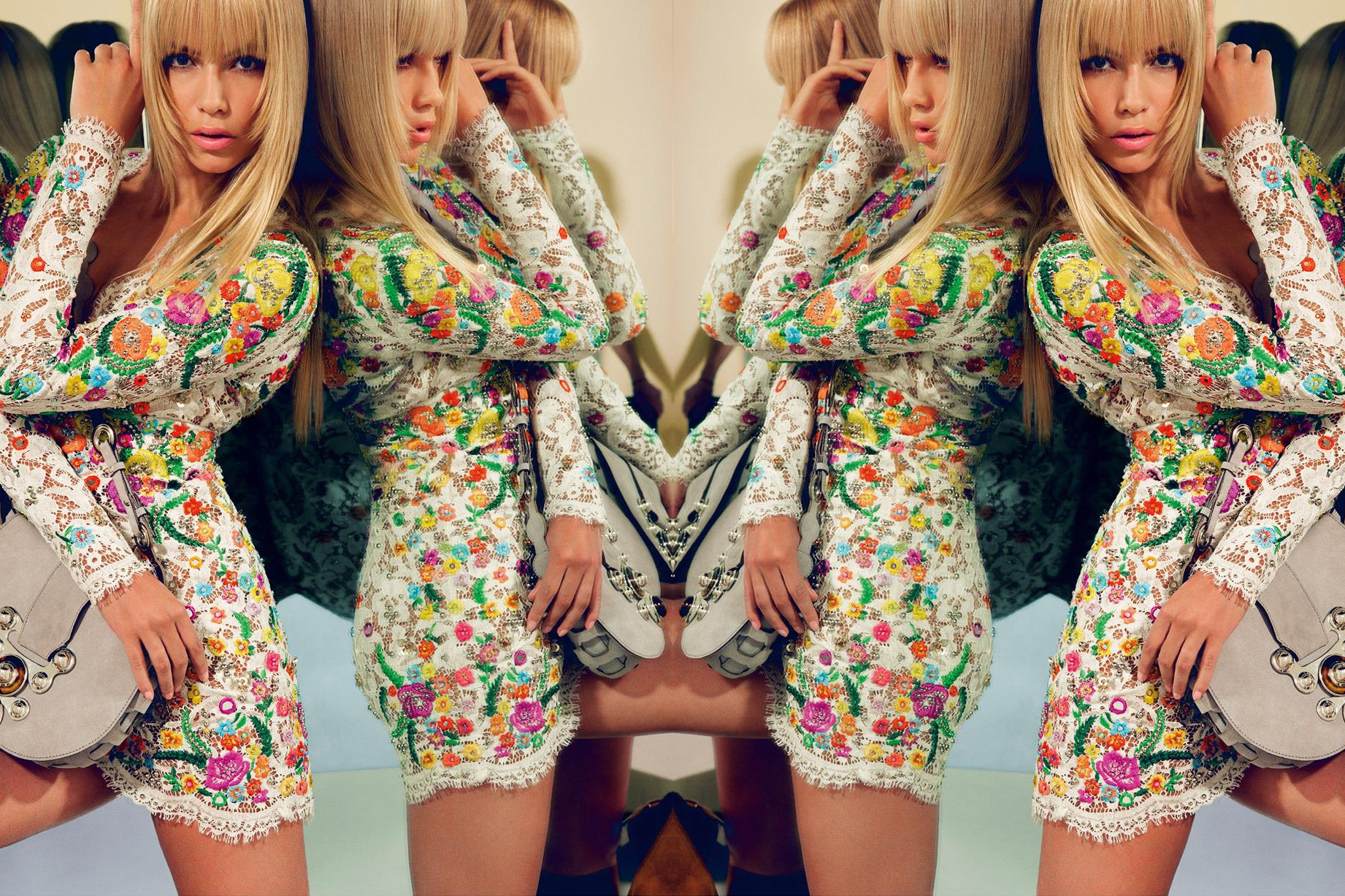
He began showing his collections to international press and buyers in Florence in 1951. His designs featured sensual, free-flowing lines that followed the natural curves of the body -- effortlessly elegant clothing which took women from day to evening and from jets to seaside cocktail parties, perfectly complementing the lifestyle of the high-rolling, jet set crowd.
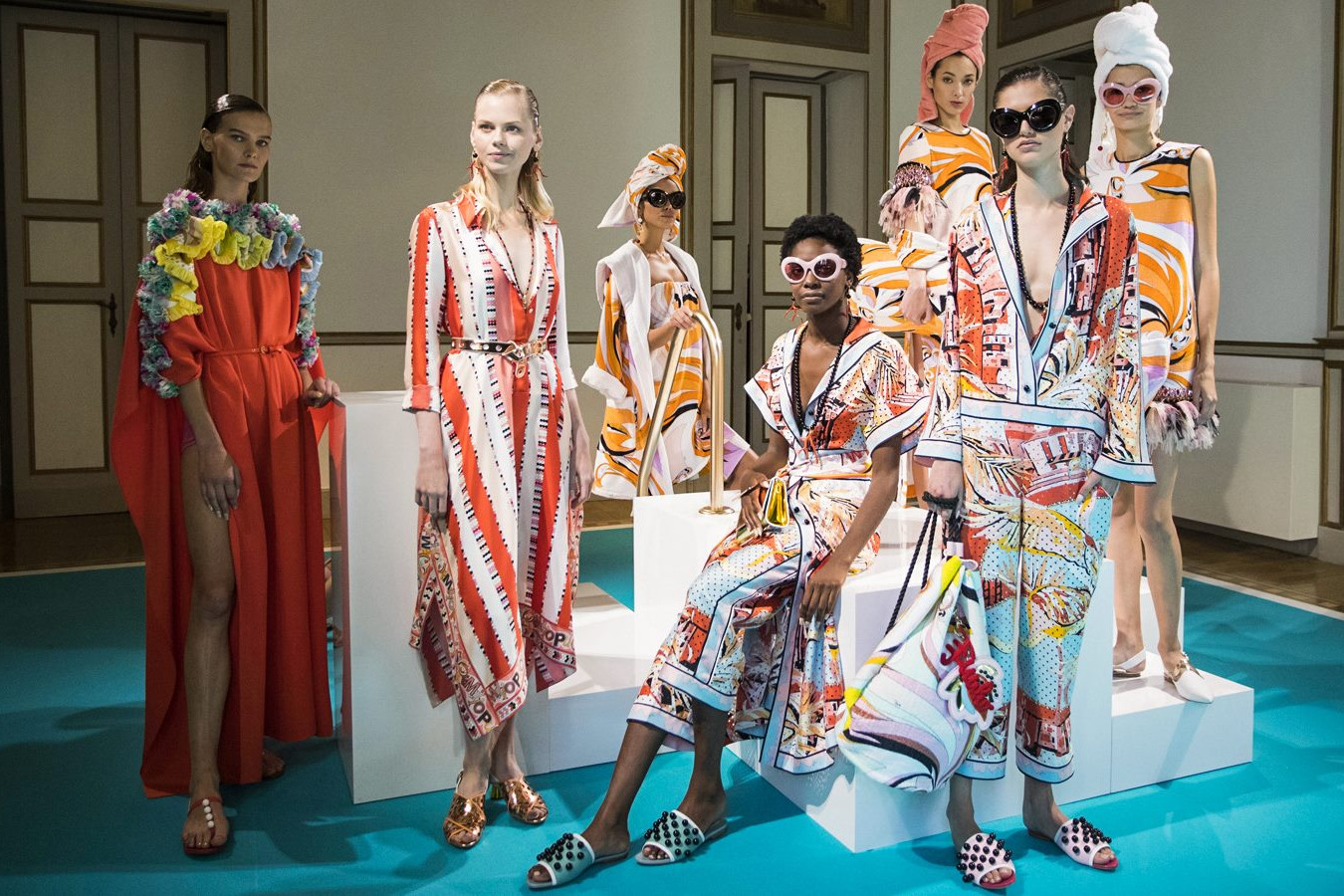
The collections had the allure of couture but were shed of the impracticality and cost of haute couture, heralding the novel concept of designer ready-to-wear which had a cascade effect throughout the fashion industry.
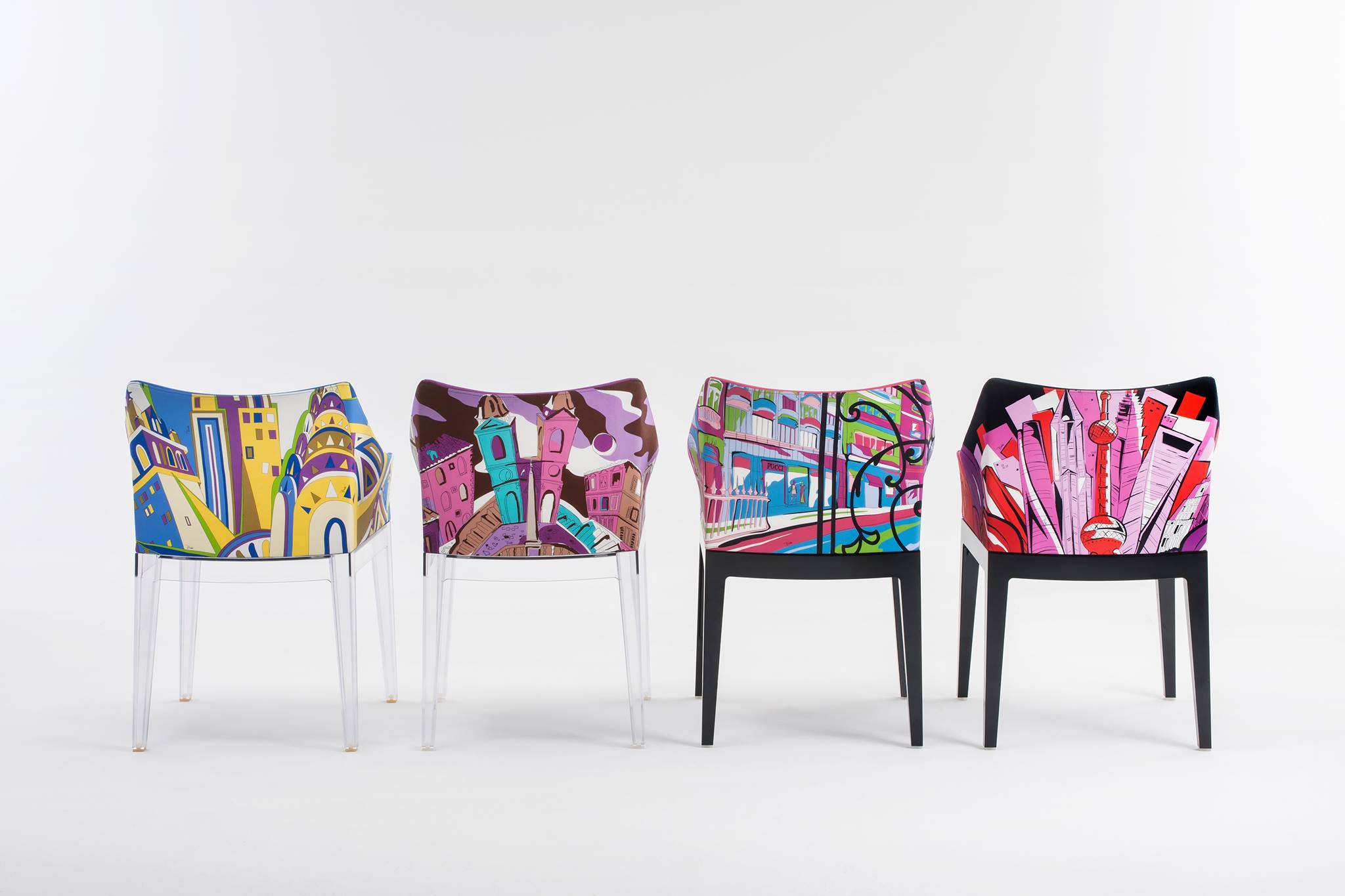
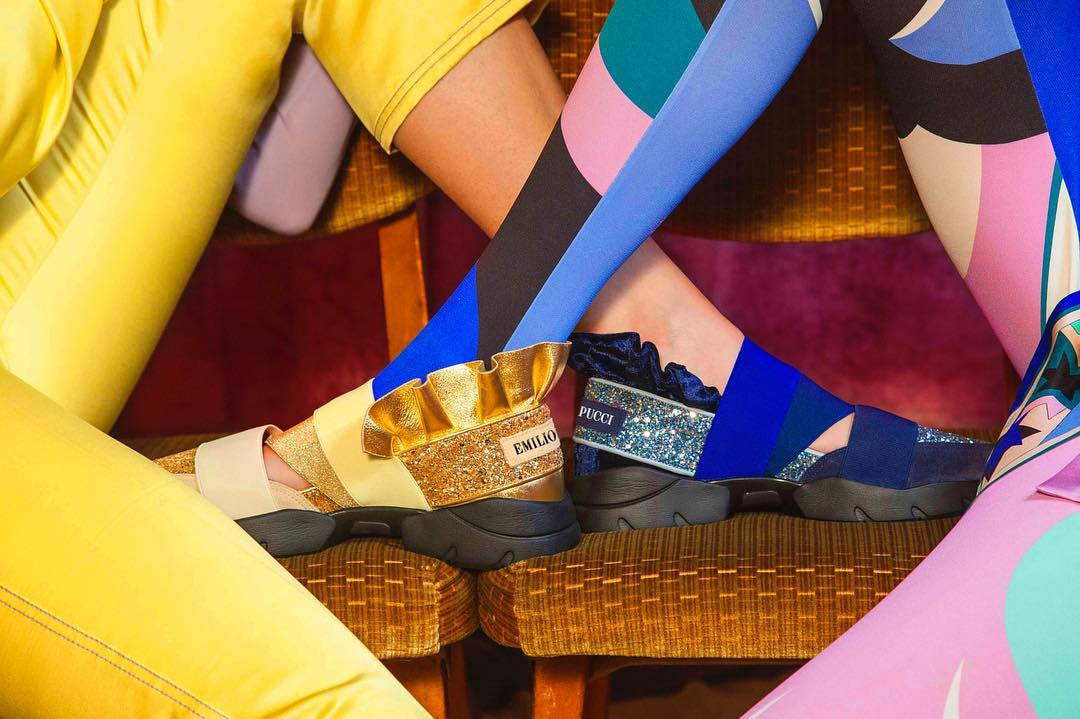
Additionally, Emilio offered a holistic design vision that ranged to interiors, lingerie, eyewear, perfumes and more, providing an expanded group of consumers with access to designer goods for the first time.
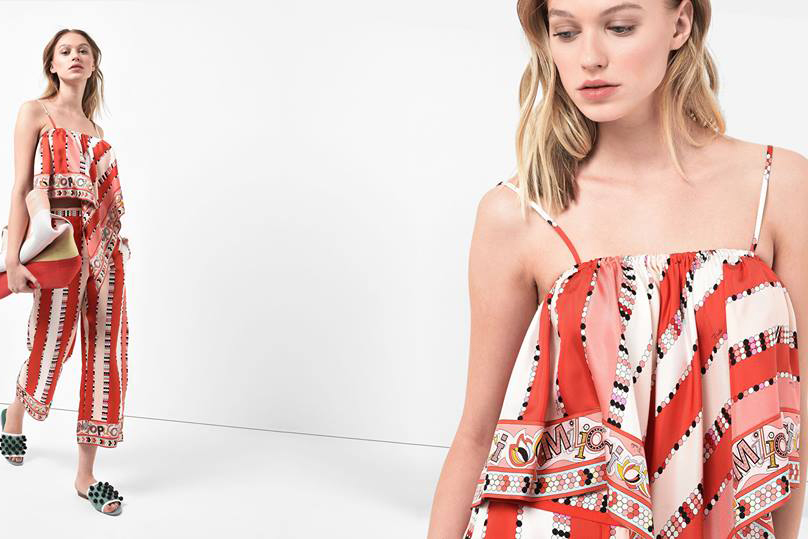
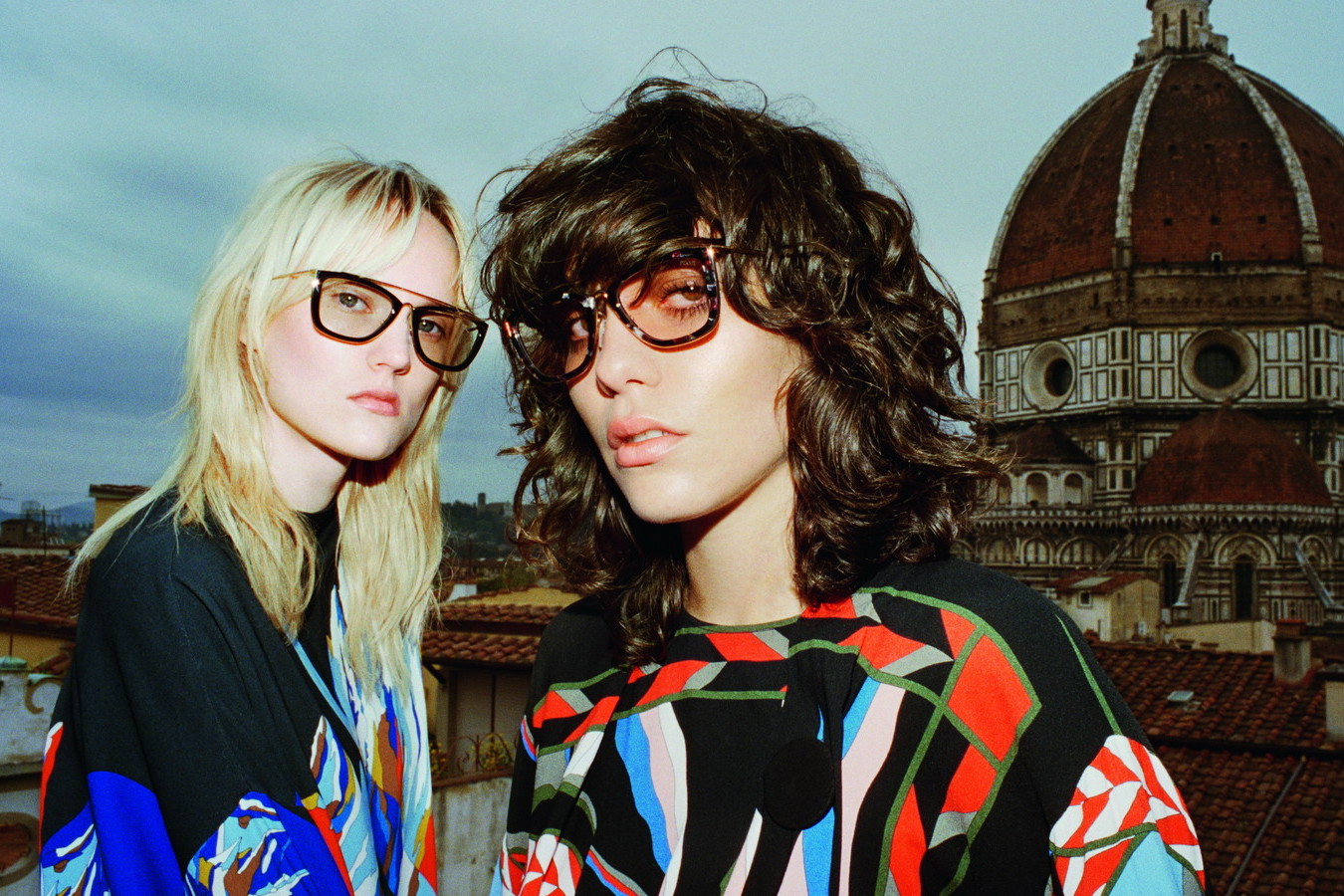
He lent his design talent to a variety of non-fashion projects as well, including, among others, futuristic airline uniforms, the logo for a space mission, and a luxury car.
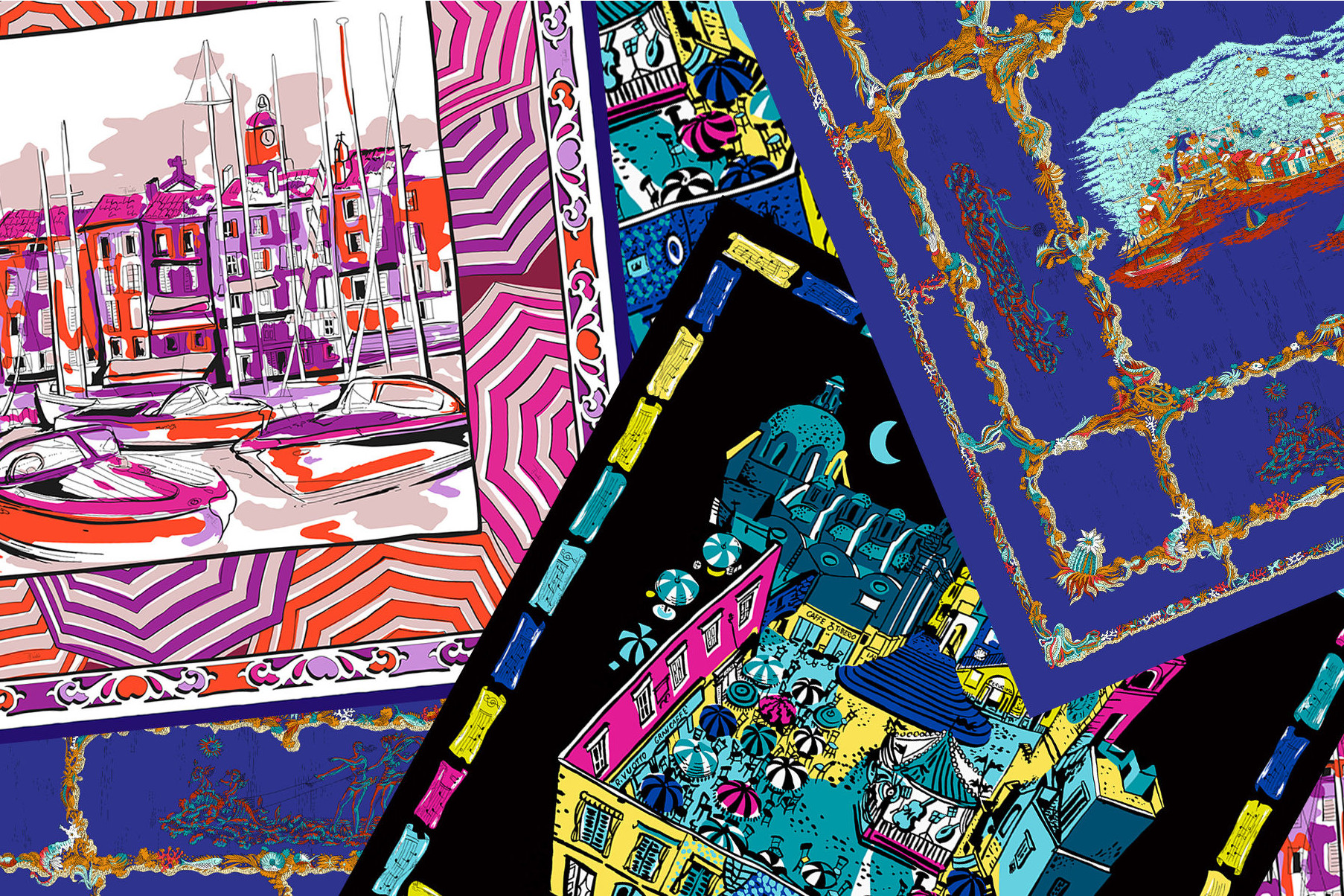

It was during the ‘50s that Pucci began developing his signature prints: graphic, abstract designs inspired by the world around him – Sicilian mosaics, heraldic banners, Bali Batiks, and African motifs. It was the first time that such pulsing geometric patterns had been incorporated into clothing and the effect was highly original, so much so that the international fashion press, smitten by his bold, radical approach, crowned him “The Prince of Prints”. Each print was like a work of art born upon a silk canvas, framed with a decorative border and signed in the artist’s name – “Emilio”. He brought a luscious, bright colour palette to his craft.
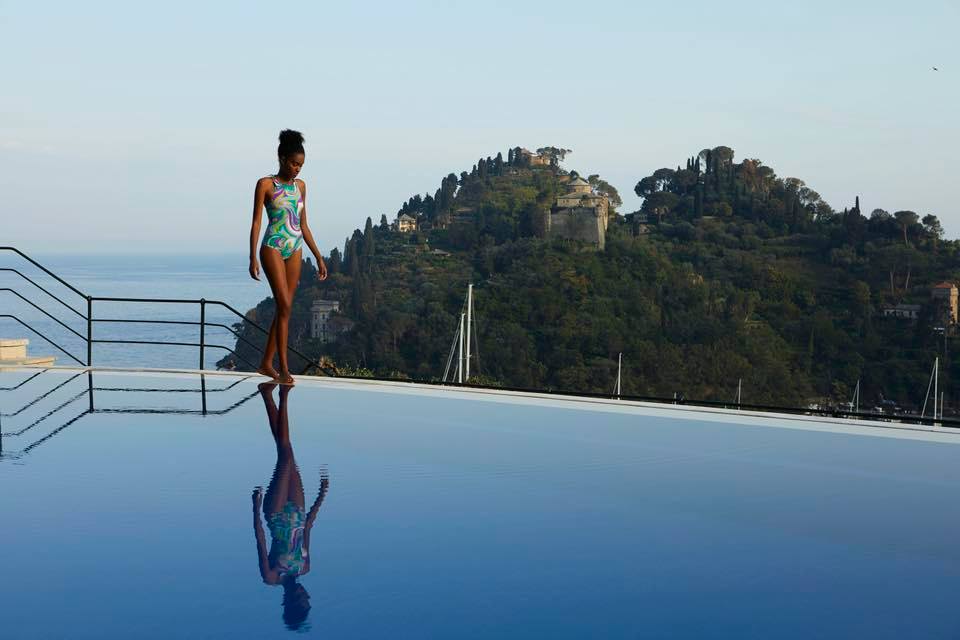
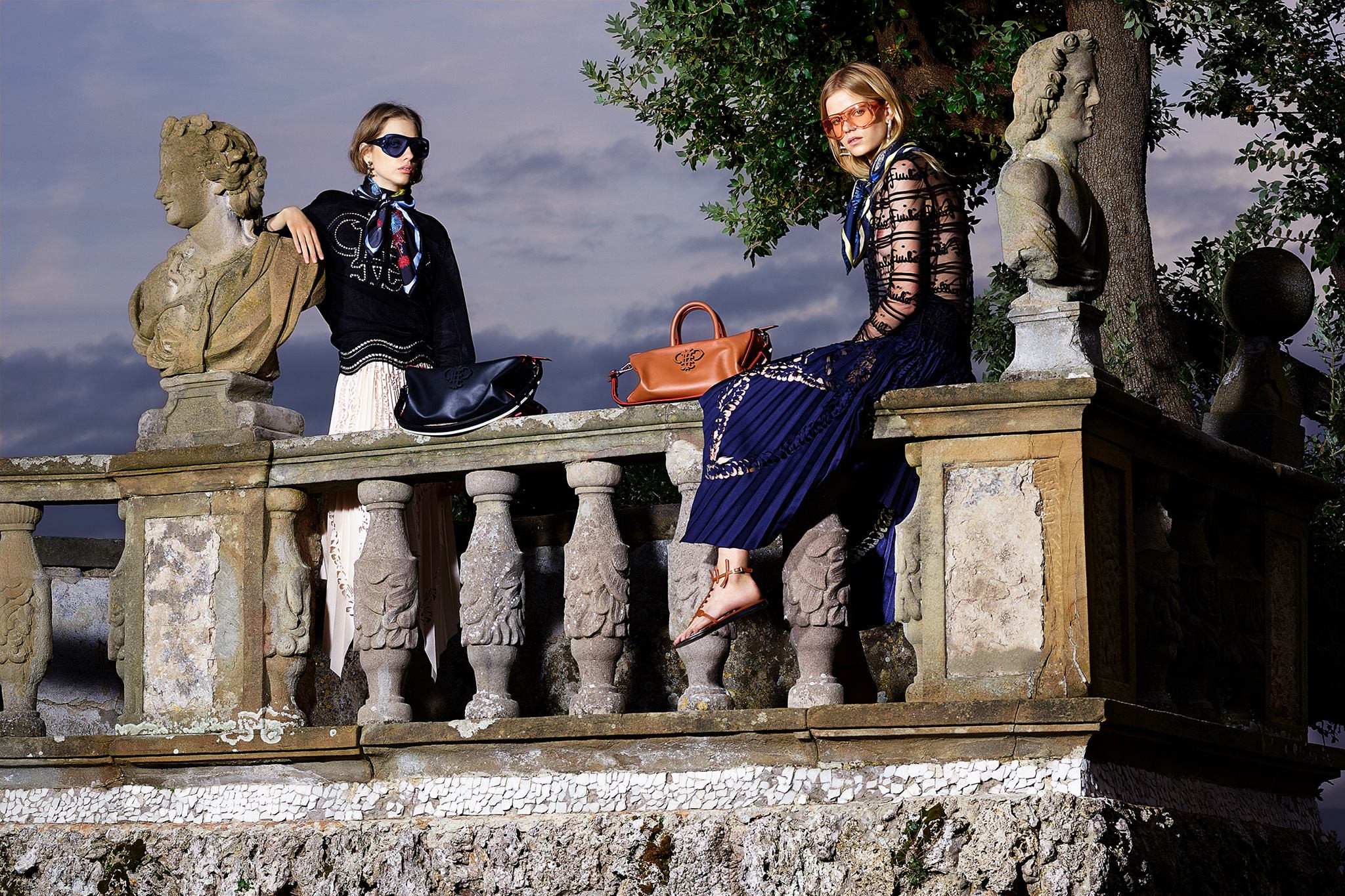
As a colorist he was unparalleled and drew inspiration primarily from the natural landscapes of the Mediterranean, but also from the exotic locales to which he travelled. The result was a sophisticated fusion of colour which became the hallmark of Pucci design. Instantly recognisable, Pucci’s glorious and joyful combinations exude energy and emotion and allow the designs of the clothes themselves to remain relatively simple.


In the 1980s Emilio’s daughter, Laudomia Pucci, became increasingly more involved in her father’s business, ultimately taking the reins following his passing in 1992. In April 2000, an alliance was formed between the Pucci family and LVMH, with the French luxury group acquiring 67% of the company and the family retaining a vested interest.



With the Group’s financial support and expertise the brand has soared on the international fashion stage and in a relatively short time has built up a global network that now includes over 50 boutiques in global fashion capitals and a footprint in the world’s foremost luxury retailers.

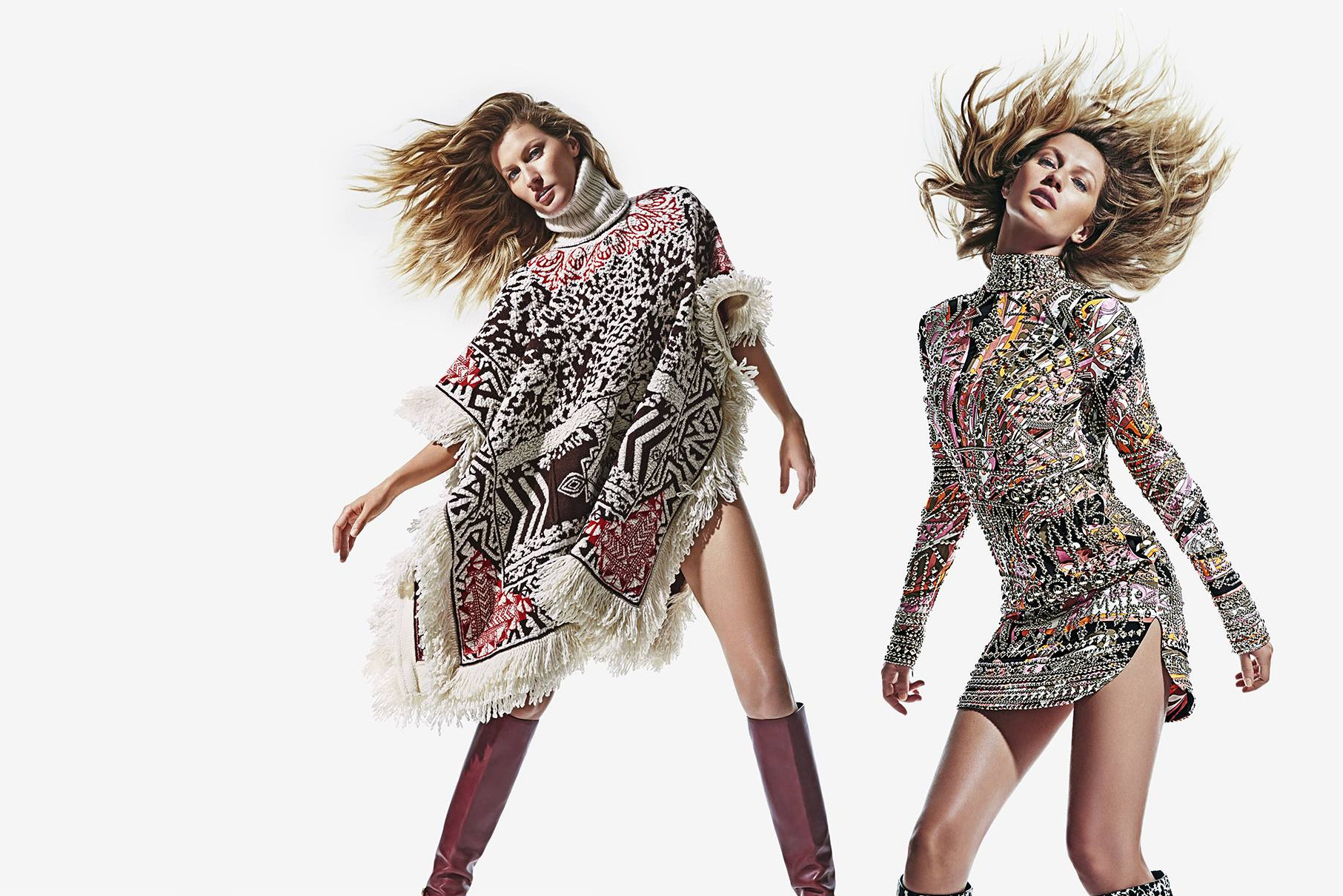


The trailblazing vision of founder Emilio carries on today through the ready-to-wear and accessories collections, as well as through special projects.
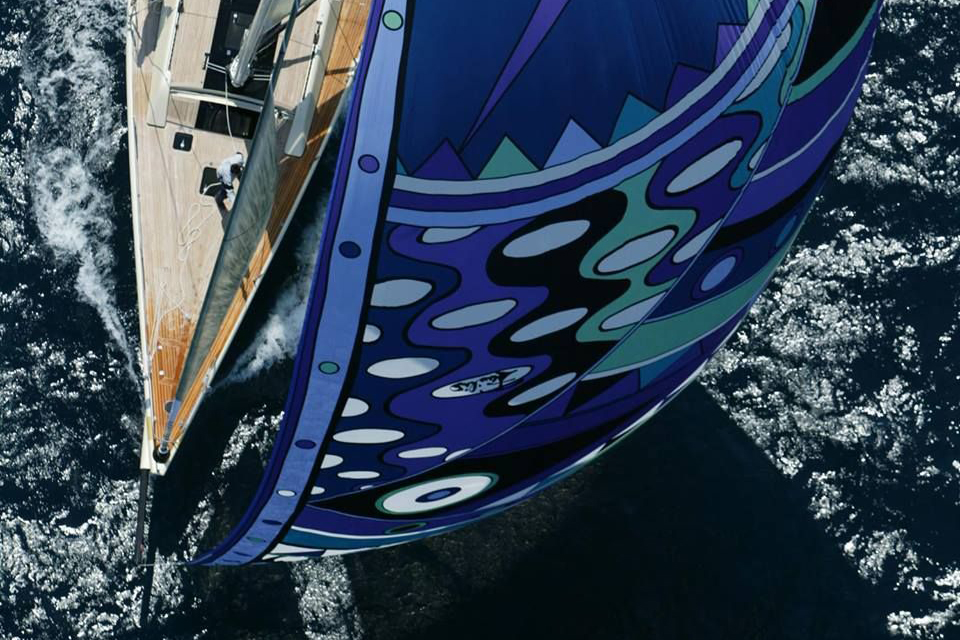
The Emilio Pucci product line includes apparel, handbags, small leather goods, footwear, eyewear, beachwear and silk accessories.
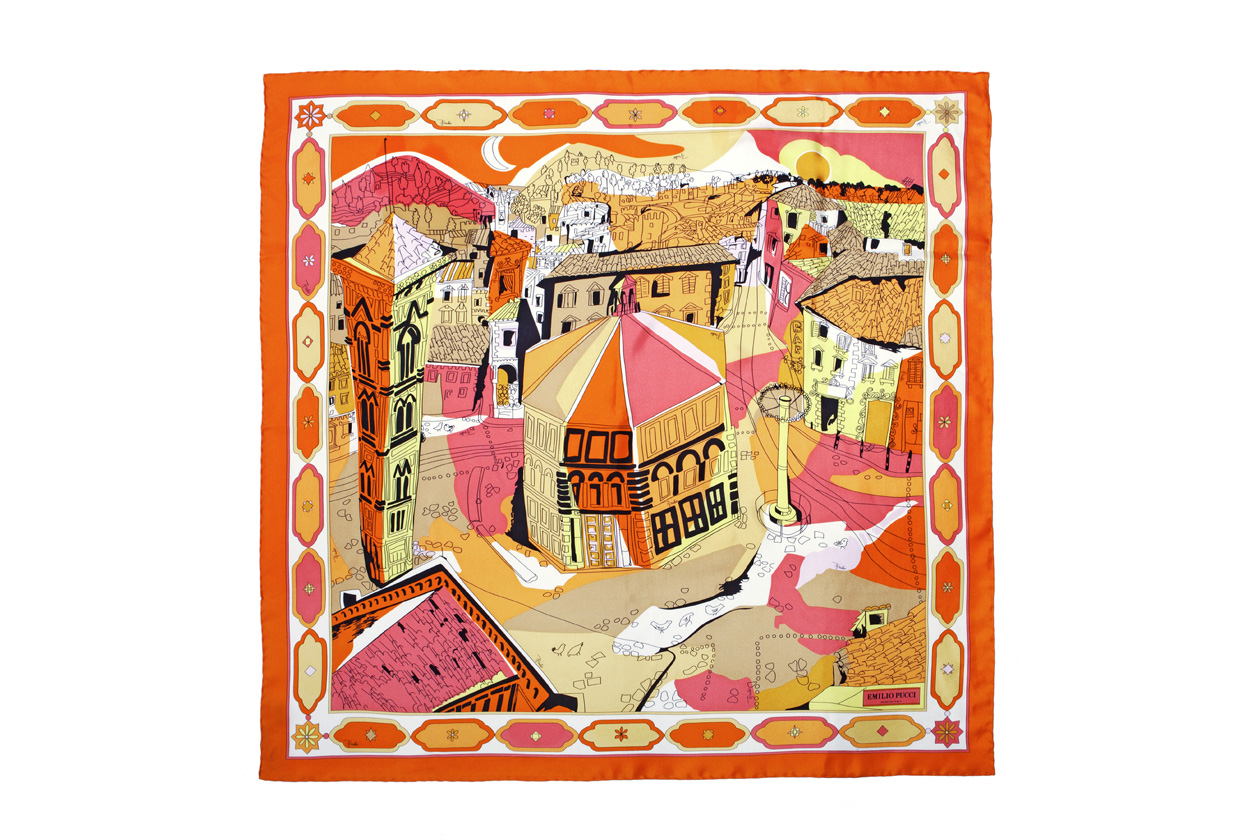
Recent years have seen the birth of co-branding initiatives with Guerlain and Veuve Clicquot, licenses with Rossignol, Wolford, Parfums Luxe and Bisazza and high impact artistic creations such as a 300-foot hand-painted gennaker for Wally yachts and the wrapping of the Florence baptistery with a giant-sized archival print created in its honour.
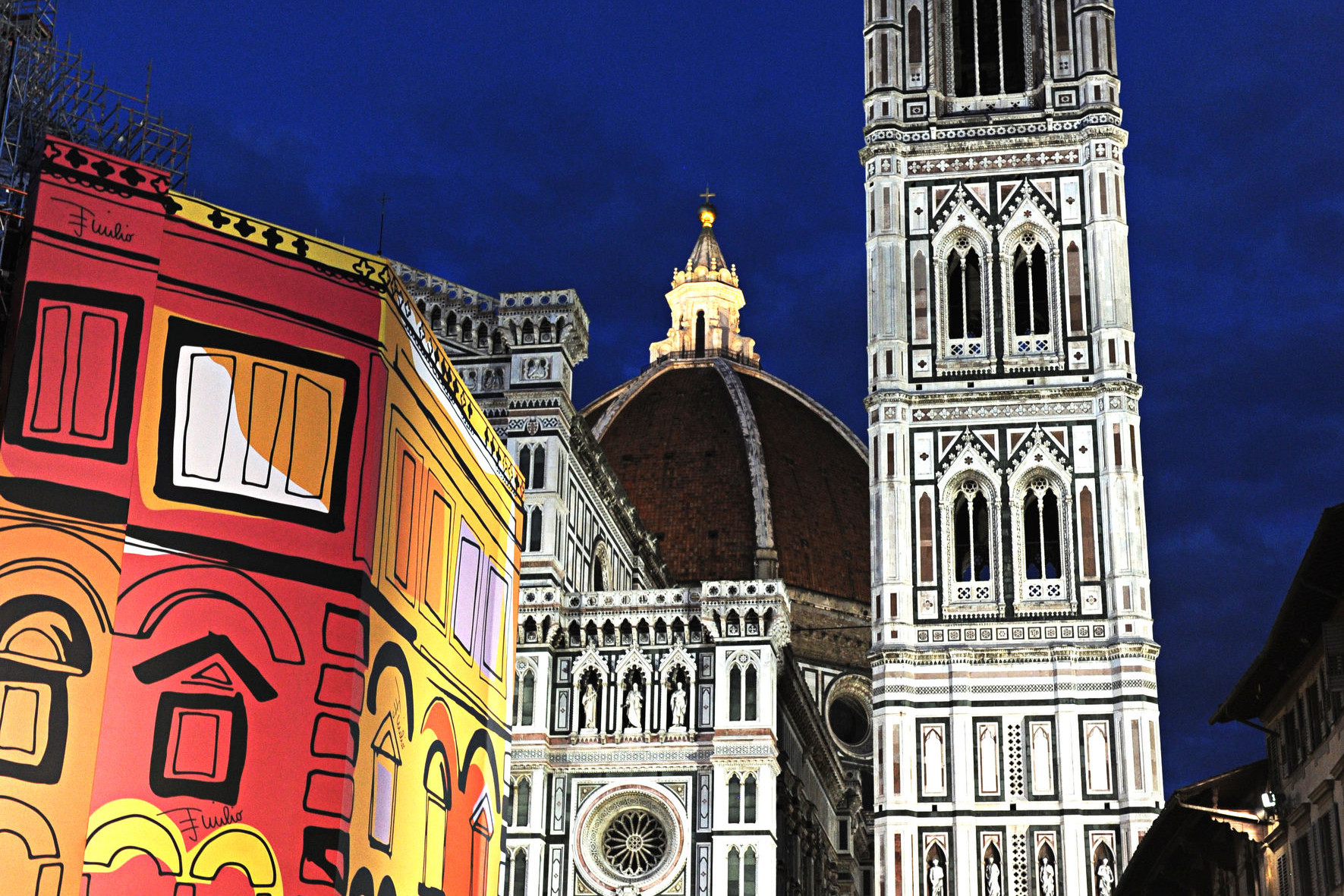
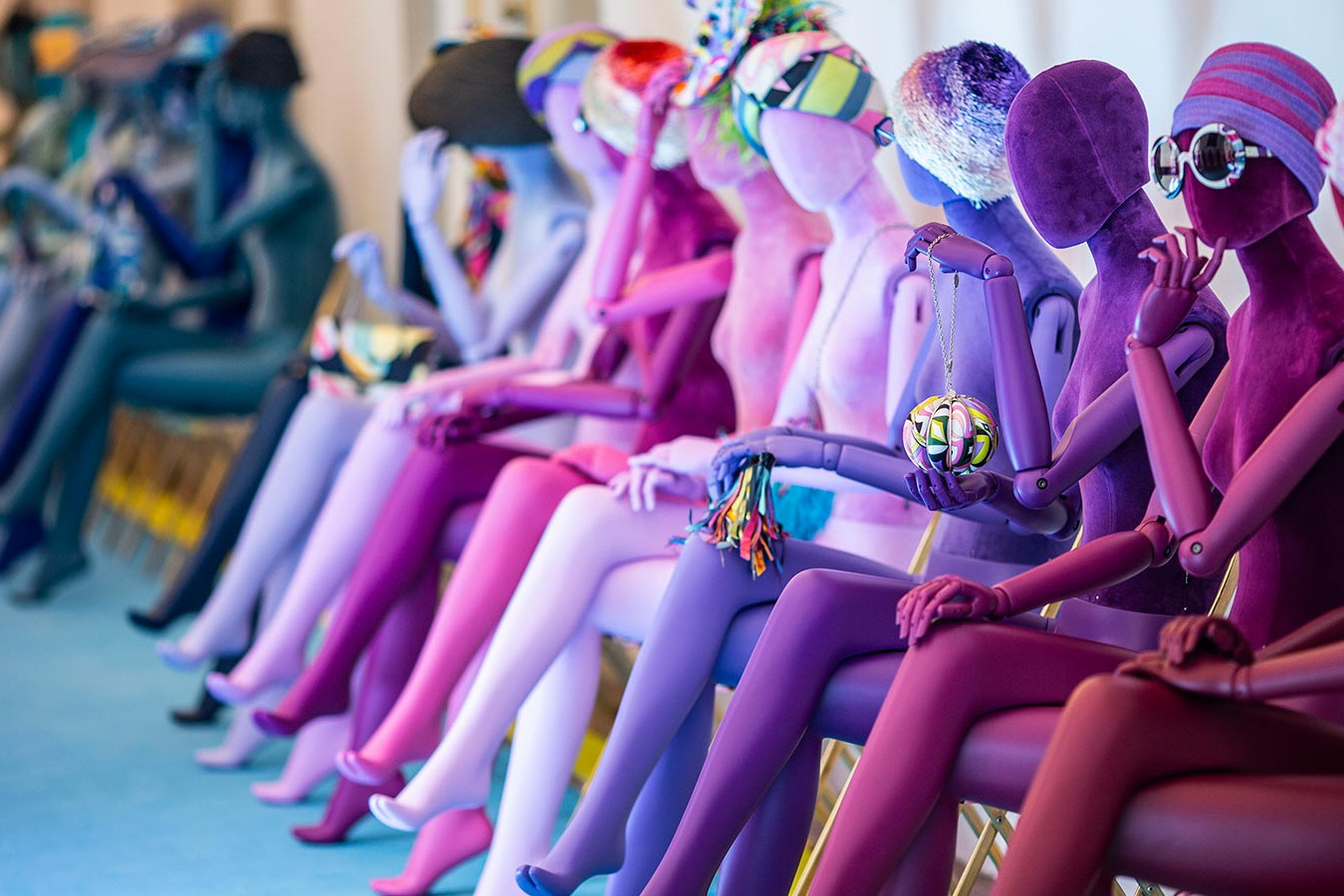
A major influence in contemporary fashion, Emilio Pucci’s legacy continues to be a seminal force behind the birth of the “made in Italy” style and a milestone in Italy’s luxury sportswear concept.
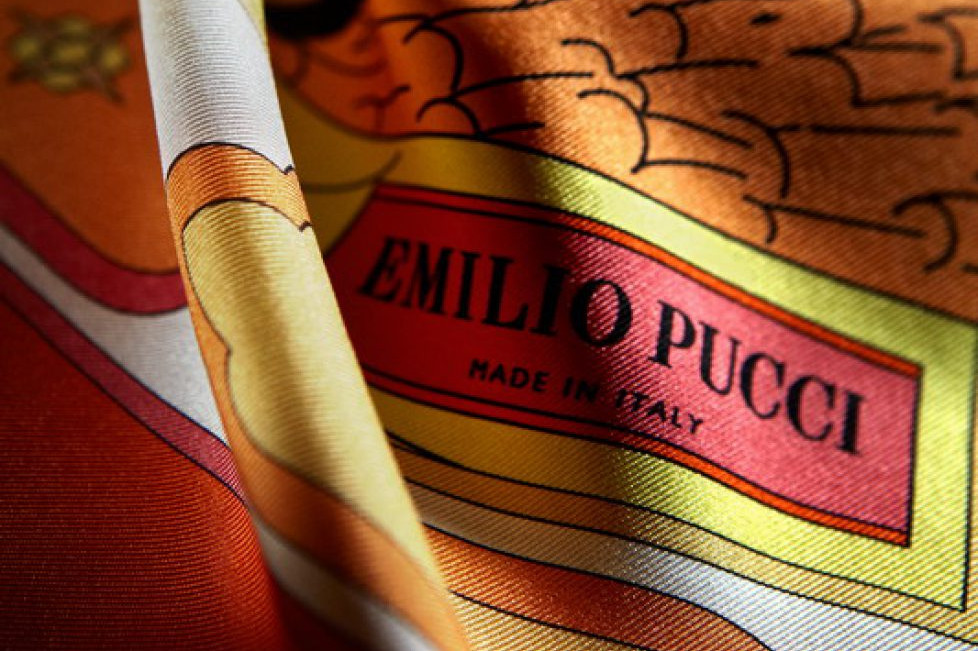
Products Emilio Pucci
Emilio Pucci
The Prince of Prints

History

"He was a minimalist before minimalism; a jet-setter before jets were flying; a scientist before fabric technology became a discipline; provocative in his modernity and sartorial daring. For him prints were rhythm and movement, and in prints he expressed a message of contagious happiness." - Laudomia Pucci

Born in 1914 to one of Florence’s most illustrious families, the Marquis Emilio Pucci di Barsento naturally embodied the jet set glamour of post-war Italy. Multilingual, well-travelled, American-educated, air force pilot, Olympic skier and aristocrat – he was a Renaissance man in every sense of the term.

Recovering in Switzerland after the war, and with the Italian economy in ruins, Pucci made ends meet by teaching Italian and giving ski lessons in Zermatt. It was there that in 1947 a streamlined ski outfit he designed, initially for himself and then for his enthusiastic socialite friends was photographed by a fashion photographer and published in Harper’s Bazaar USA, giving rise to a fashion phenomenon that continues to reverberate to this day.

Setting up his atelier in the Pucci family’s grand palazzo in the heart of Florence, Emilio began working closely with expert fabric manufacturers in Italy to pioneer and patent revolutionary stretch fabrics that eschewed the heavy, rigid fabrications largely in circulation at that time.

Contrary to his design contemporaries, Pucci was driven by the desire to liberate women, granting them unprecedented freedom of movement. His stretch silk and cotton jerseys were weightless, unlined, and wrinkle-proof - precursors for a modern, travel-friendly wardrobe that captivated a new generation of modern, active women.

His first boutique was La Canzone del Mare (The Song of the Sea) on the island of Capri, even then a glamorous resort destination, where he developed wearable yet chic sportswear: “Capri” pants, silk twill shirts with a masculine cut, open-toed sandals and striped jersey tops, all in refreshingly vibrant colours that evoked the island’s natural beauty.

He began showing his collections to international press and buyers in Florence in 1951. His designs featured sensual, free-flowing lines that followed the natural curves of the body -- effortlessly elegant clothing which took women from day to evening and from jets to seaside cocktail parties, perfectly complementing the lifestyle of the high-rolling, jet set crowd.

The collections had the allure of couture but were shed of the impracticality and cost of haute couture, heralding the novel concept of designer ready-to-wear which had a cascade effect throughout the fashion industry.


Additionally, Emilio offered a holistic design vision that ranged to interiors, lingerie, eyewear, perfumes and more, providing an expanded group of consumers with access to designer goods for the first time.


He lent his design talent to a variety of non-fashion projects as well, including, among others, futuristic airline uniforms, the logo for a space mission, and a luxury car.


It was during the ‘50s that Pucci began developing his signature prints: graphic, abstract designs inspired by the world around him – Sicilian mosaics, heraldic banners, Bali Batiks, and African motifs. It was the first time that such pulsing geometric patterns had been incorporated into clothing and the effect was highly original, so much so that the international fashion press, smitten by his bold, radical approach, crowned him “The Prince of Prints”. Each print was like a work of art born upon a silk canvas, framed with a decorative border and signed in the artist’s name – “Emilio”. He brought a luscious, bright colour palette to his craft.


As a colorist he was unparalleled and drew inspiration primarily from the natural landscapes of the Mediterranean, but also from the exotic locales to which he travelled. The result was a sophisticated fusion of colour which became the hallmark of Pucci design. Instantly recognisable, Pucci’s glorious and joyful combinations exude energy and emotion and allow the designs of the clothes themselves to remain relatively simple.


In the 1980s Emilio’s daughter, Laudomia Pucci, became increasingly more involved in her father’s business, ultimately taking the reins following his passing in 1992. In April 2000, an alliance was formed between the Pucci family and LVMH, with the French luxury group acquiring 67% of the company and the family retaining a vested interest.



With the Group’s financial support and expertise the brand has soared on the international fashion stage and in a relatively short time has built up a global network that now includes over 50 boutiques in global fashion capitals and a footprint in the world’s foremost luxury retailers.




The trailblazing vision of founder Emilio carries on today through the ready-to-wear and accessories collections, as well as through special projects.

The Emilio Pucci product line includes apparel, handbags, small leather goods, footwear, eyewear, beachwear and silk accessories.

Recent years have seen the birth of co-branding initiatives with Guerlain and Veuve Clicquot, licenses with Rossignol, Wolford, Parfums Luxe and Bisazza and high impact artistic creations such as a 300-foot hand-painted gennaker for Wally yachts and the wrapping of the Florence baptistery with a giant-sized archival print created in its honour.


A major influence in contemporary fashion, Emilio Pucci’s legacy continues to be a seminal force behind the birth of the “made in Italy” style and a milestone in Italy’s luxury sportswear concept.

Products Emilio Pucci
-
Emilio Pucci - Butterfly Frame Wave-Effect Sunglasses - Blue Green -...
These sunglasses are crafted in an oceanic, tonal blue palette with striking butterfly-shaped frames. The glitter finish and mirrored wave-effect gradient lenses add a flourish of signature Pucci glamour.
144,50 € 170,00 € -15%Reduced price ! -
Emilio Pucci - Butterfly Frame Wave-Effect Sunglasses - Black - Sunglasses -...
These black and brown sunglasses are crafted with butterfly-shaped frames and mirrored wave-effect lenses. Silver-tone metal arms and a subtle designer logo at the side add to their sophisticated aesthetic.
144,50 € 170,00 € -15%Reduced price ! -
Emilio Pucci - Square Frame Alex Print Sunglasses - Pink Green - Sunglasses -...
These square-frame sunglasses come oversized to continue the retro tone set by the Alex print on the arms. They’re made in Italy from customised acetate and finished with a logo stamp at the temple.
195,50 € 230,00 € -15%Reduced price ! -
Emilio Pucci - Square Frame Colour Block Sunglasses - Blue Orange -...
Glamour meets tropical inspiration in these statement sunglasses, which combine exaggerated square frames with colour blocked arms in vivid shades of orange and blue. Brown gradient lenses and a signature Pucci logo complete the design.
195,50 € 230,00 € -15%Reduced price ! -
Emilio Pucci - Square Frame Alex Print Sunglasses - Black - Sunglasses -...
Detailed with the painterly Alex print at the temples, these wide square-frame sunglasses are a subtle way to work Emilio Pucci’s signature patterns. They’re crafted in Italy from customised acetate with blue gradient lenses and an embossed logo at the hinge.
195,50 € 230,00 € -15%Reduced price ! -
Emilio Pucci - Frameless Shield Aviator Sunglasses - Black - Sunglasses -...
These aviator sunglasses command attention with a bold, contemporary shape. In silver-tone metal, they are an exquisite combination of modernism and urban cool.
161,50 € 190,00 € -15%Reduced price ! -
Emilio Pucci - Pink Frameless Shield Aviator Sunglasses - Pink - Sunglasses -...
The bold silhouette of these eye catching aviator sunglasses captures the season’s adventurous attitude. In vibrant pink, the lenses are set off by slender silver-tone templesfinished with engraved logos at the temple.
161,50 € 190,00 € -15%Reduced price ! -
Emilio Pucci - Blue Frameless Shield Aviator Sunglasses - Blue - Sunglasses -...
Emilio Pucci's deft eye for bold shapes is exemplified in these contemporary aviator sunglasses. The head-turning blue lenses are highlighted by slender silver-tone templesand blue acetate end-tips.
161,50 € 190,00 € -15%Reduced price ! -
Emilio Pucci - Semi-Rimless Oversized Square Frame Sunglasses - Pink -...
In translucent pink acetate with rose-tinted lenses, these sunglasses serve contemporary wow-factor. The oversized half-frame design amplifies the effect and the bold look is complete with gold-tone logos at the temples.
144,50 € 170,00 € -15%Reduced price ! -
Emilio Pucci - Semi-Rimless Oversized Square Frame Sunglasses - Black -...
Transform any look in one sophisticated move with these oversized-frame sunglasses. This sophisticated statement pair is complete with the iconic Pucci logo in gold at the temples.
144,50 € 170,00 € -15%Reduced price ! -
Emilio Pucci - Geometric Frame Print Sunglasses - Black - Sunglasses - Emilio...
Adorned with the Burle print at the inside temples, these sunglasses are a subtle way to wear signature Emilio Pucci pattern. Crafted in Italy, the metal bridge adds a contemporary twist to the black frame.
195,50 € 230,00 € -15%Reduced price ! -
Emilio Pucci - Geometric Frame Print Sunglasses - Red - Sunglasses - Emilio...
Adorned with the Burle print at the inside temples, these sunglasses are a subtle way to wear signature Emilio Pucci pattern. Crafted in Italy, the metal bridge adds a contemporary twist to the black frame.
195,50 € 230,00 € -15%Reduced price ! -
Emilio Pucci - Pink Wavy Motif Round Sunglasses - Pink - Sunglasses - Emilio...
Crafted in Italy, these sunglasses display the energetic spirit of Pucci. From the blossom pink colour palette to the wavy motif, the effect is ultra feminine and modern.
195,50 € 230,00 € -15%Reduced price ! -
Emilio Pucci - Black Wavy Motif Round Sunglasses - Black - Sunglasses -...
Proving that sophisticated black can be playful, these sunglasses are detailed with a wavy motif that frames the gradient lenses. This Italian-made pair is finished with a refined gold-tone logo at the temple.
195,50 € 230,00 € -15%Reduced price ! -
Emilio Pucci - Copacabana Print Round Sunglasses - Green - Sunglasses -...
The enigmatic Burle print takes these statement sunglasses the next level of showstopping finesse. The wavy motif adds a playful note and the teal hue is echoed in the streamlined temples.
195,50 € 230,00 € -15%Reduced price ! -
Emilio Pucci - Orange Butterfly Frame Sunglasses - Orange - Sunglasses -...
Embrace unexpected colour combinations with these characterful sunglasses in uplifting tangerine and purple. With slender silver-tone temples, this bold pair exudes sophistication.
144,50 € 170,00 € -15%Reduced price ! -
Emilio Pucci - Butterfly Frame Sunglasses - Green - Sunglasses - Emilio Pucci...
This season's sunglasses collection is all about powerful, elegant silhouettes as this pair aptly demonstrates. The combination of turquoise butterfly frames and vivid pink tips creates a chic and memorable look.
144,50 € 170,00 € -15%Reduced price ! -
Emilio Pucci - Pink Enamel Embellished Frameless Cat Eye Sunglasses - Pink -...
The bold flick of these butterfly shape sunglasses is enhanced by the vibrant pink and yellow enamel outline. The playful colours are beautifully grounded by the slender gold-tone frame.
144,50 € 170,00 € -15%Reduced price ! -
Emilio Pucci - Blue Enamel Embellished Frameless Cat Eye Sunglasses - Blue -...
In uplifting aqua blue and pink, these distinctive butterfly shape sunglasses deliver globe-trotting spirit. The slender gold-tone templesare illuminated by turquoise acetate end-tips and finished with the house logo.
144,50 € 170,00 € -15%Reduced price ! -
Emilio Pucci - Lilac And Orange Enamel Rimmed Round Sunglasses - Orange -...
Vibrant shades of lilac and orange enliven the silver-tone frame of these round frame sunglasses. Finished with lilac acetate end-tips, they have an uplifting energy and chic look.
161,50 € 190,00 € -15%Reduced price ! -
Emilio Pucci - Pink And Blue Enamel Rimmed Round Sunglasses - Pink Blue -...
Gold-tone frames set off the elegant blue gradient lenses of these sunglasses. The round shape lends a retro feel while the coloured enamel embellishments add modern energy.
161,50 € 190,00 € -15%Reduced price !



